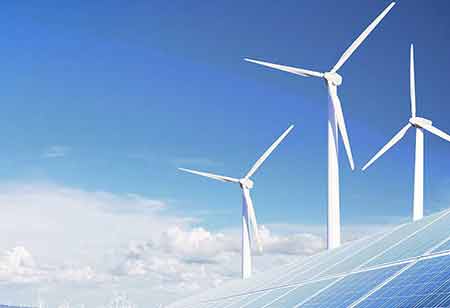Thank you for Subscribing to Energy Business Review Weekly Brief
The Solar Panel Model Does A Paradigm Switch

Thank you for Subscribing to Energy Business Review Weekly Brief

By
Energy Business Review | Friday, January 07, 2022
Stay ahead of the industry with exclusive feature stories on the top companies, expert insights and the latest news delivered straight to your inbox. Subscribe today.
Solar power is already accounted for growing energy production worldwide, and now it has become even cheaper.
FREMONT, CA: The estimation is that more than 85% of energy gets lost during power generation using solar panels. It is likely to notice some efficient solar cells, but they are usually more expensive and can be used only for special purposes. Even many satellites use more efficient solar cells, which are not as affordable as assumed.
Scientists always strive to design more energy-efficient solar panels. The innovative technologies have supported them in creating new designs. Their research would follow the unexpected limits of solar panels' energy efficiency. The new model—Insolight—is now a choice for energy efficiency.
Insolight- a spin-off with Swiss Federal Institute of Technology Lausanne, has been functioning to bring this approach, and now it has been set to stay on the solar roof. Here, the small & hyper-efficient cells will be on the grid, and the honeycomb-like lens array will be rested. First, the lens array will absorb light, and subsequently, the light will bend into a narrow beam, which means the light will be concentrated only on tiny cells.
Insolight has achieved more than 37% energy efficiency in tests. This means it aids in gaining twice the power from a similar surface area compared to traditional solar panels. The conversation with solar panel manufacturers will integrate this technology with the existing products to achieve high energy efficiency.
Solar power is already accounted for growing energy production worldwide, and now it has become even cheaper. Consequently, this was time to move on to hyper-efficient solar panels since these can bring an end to reliance on fossil fuels.
I agree We use cookies on this website to enhance your user experience. By clicking any link on this page you are giving your consent for us to set cookies. More info



